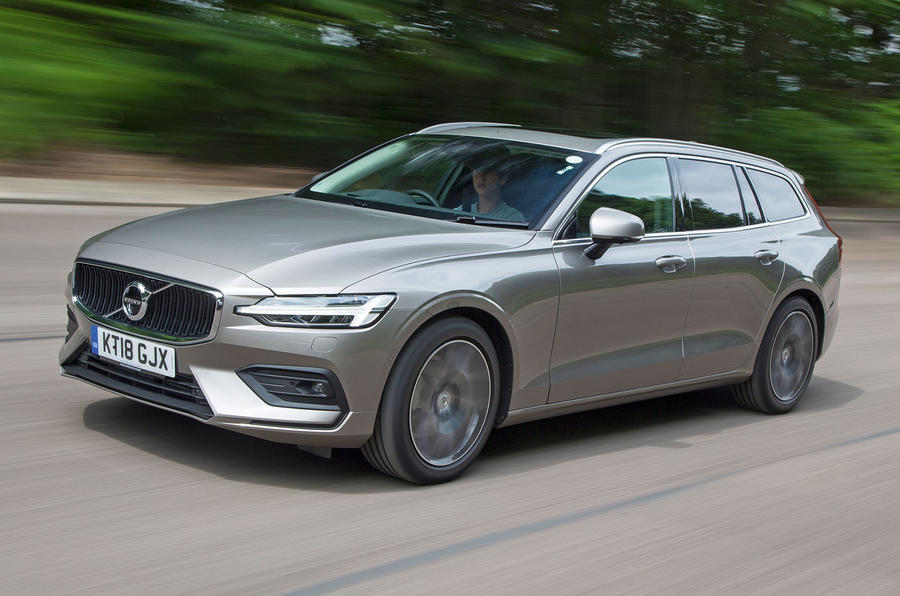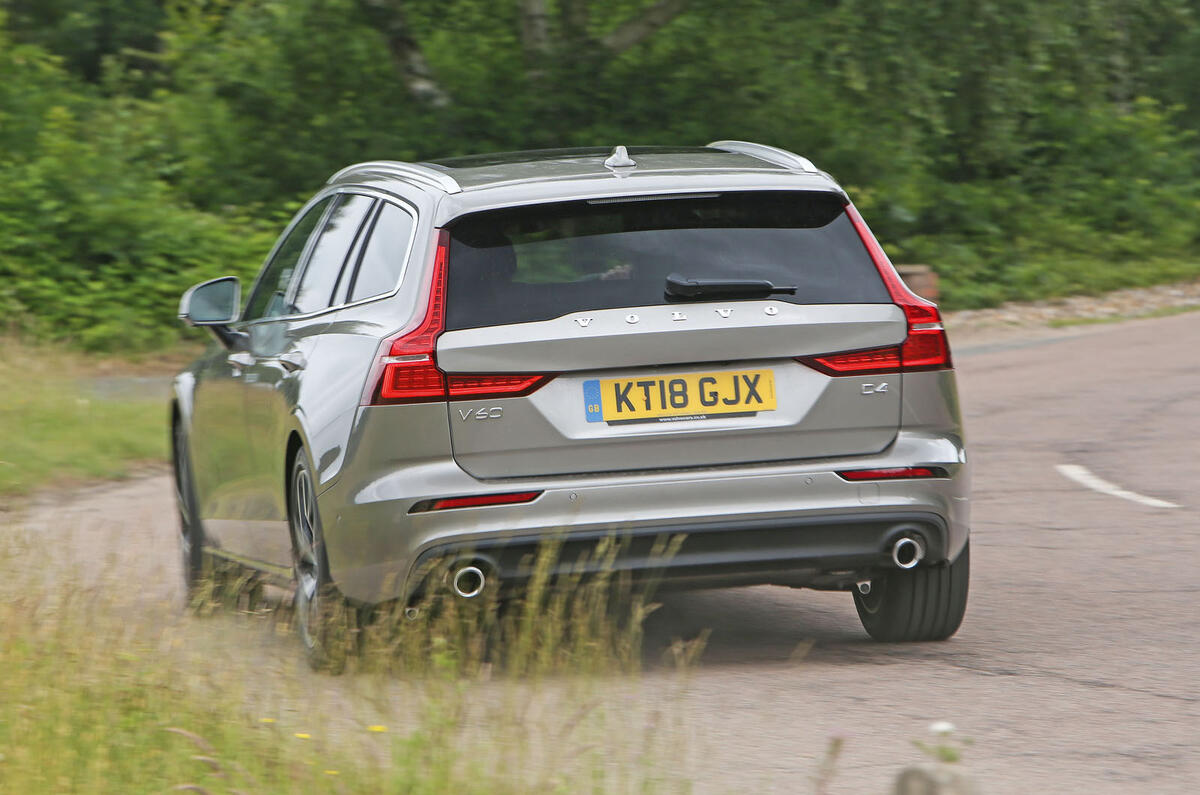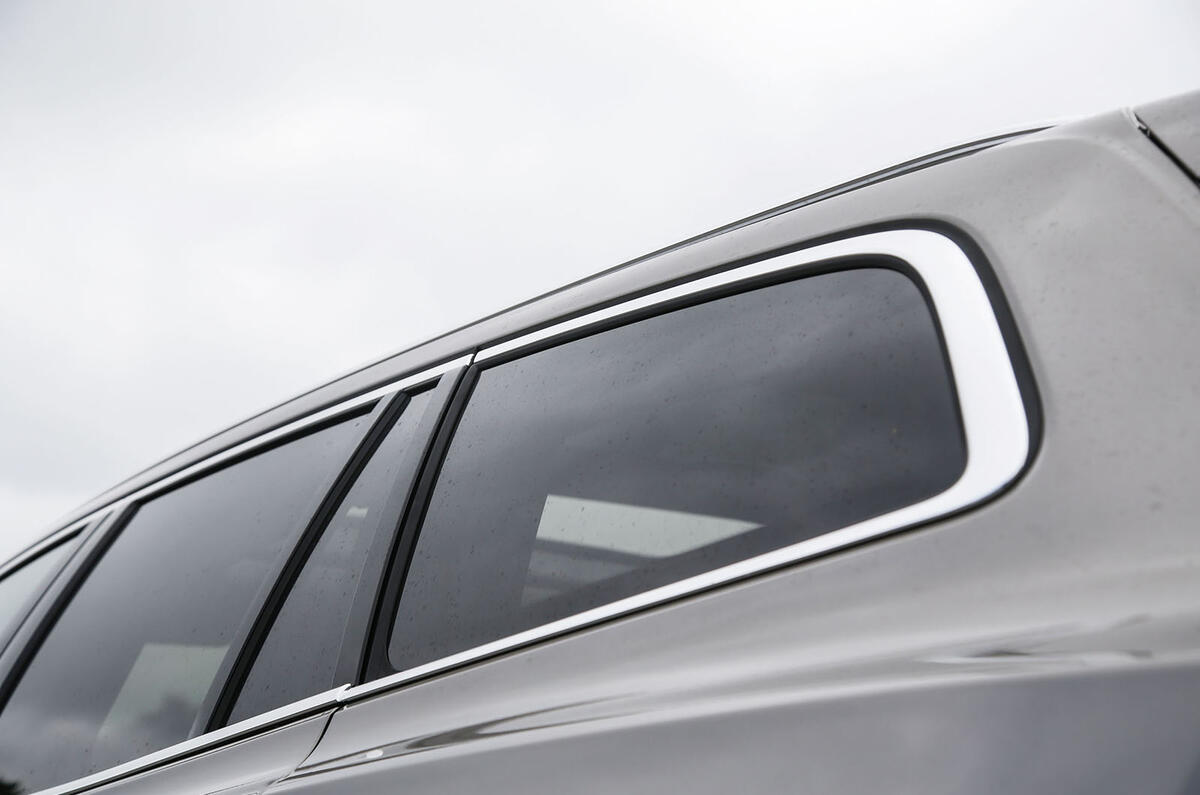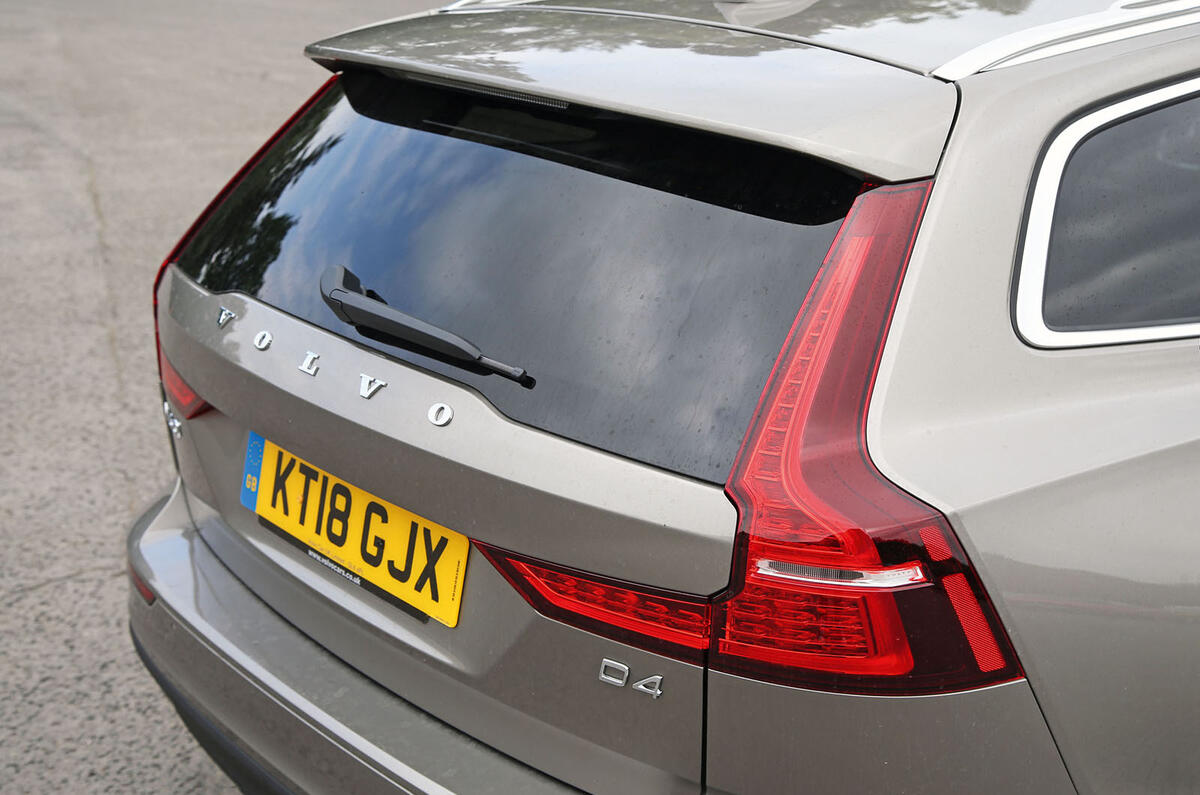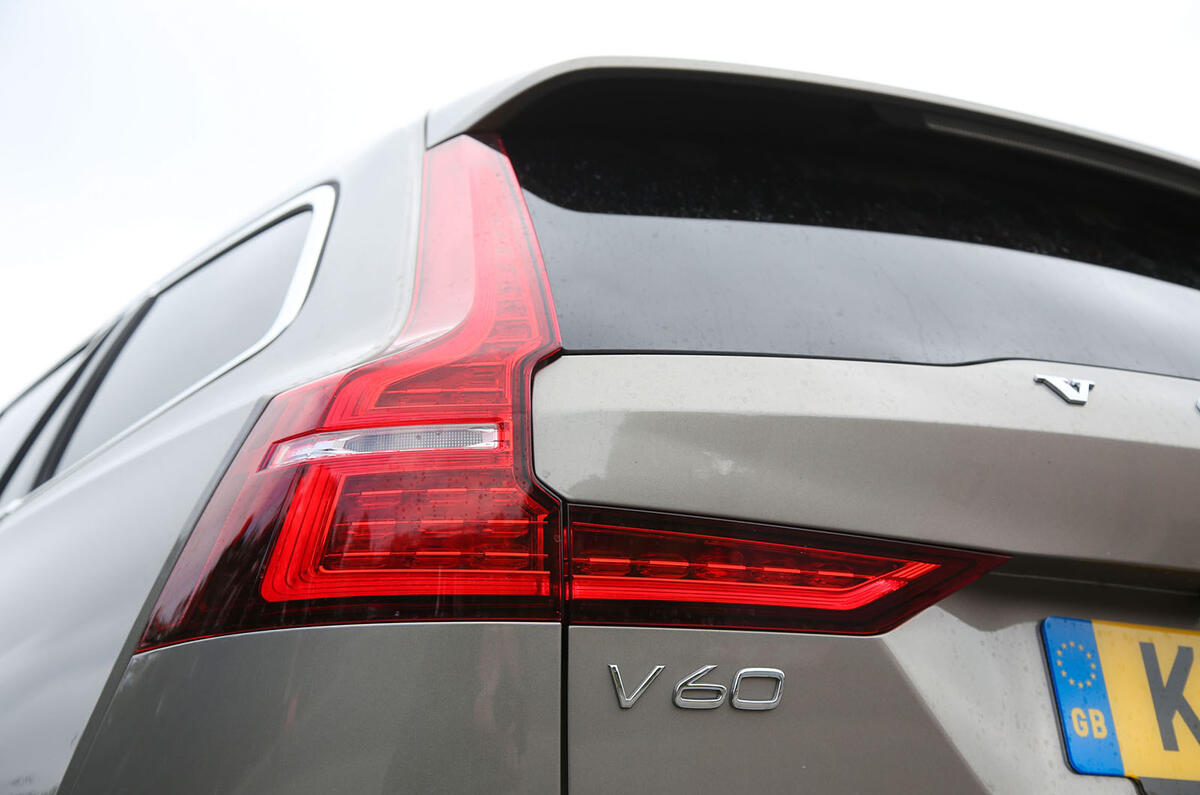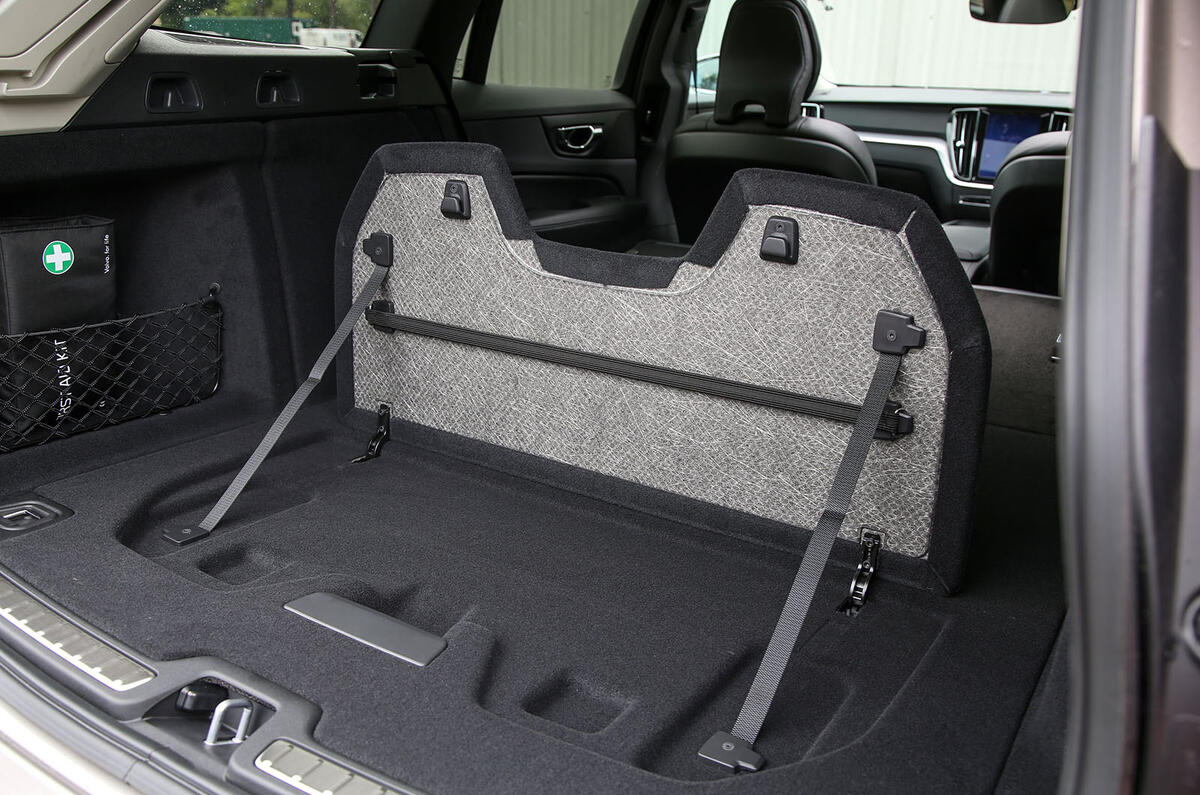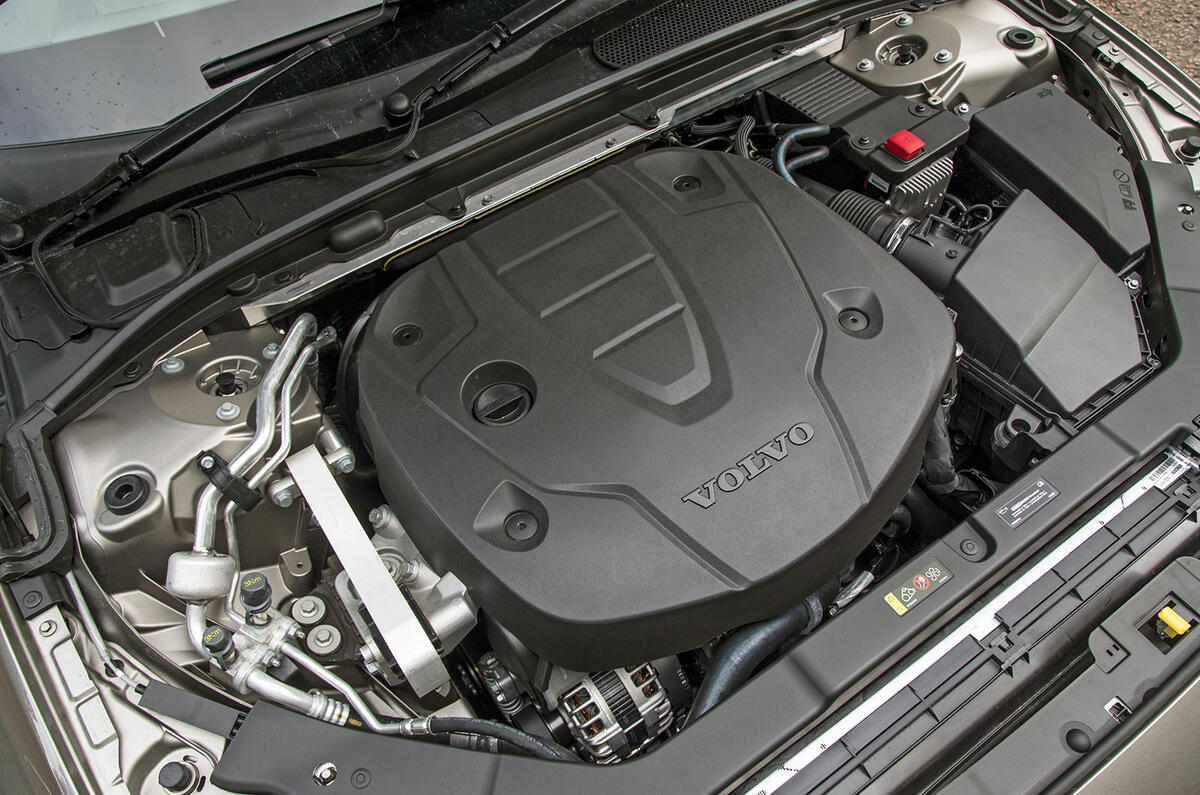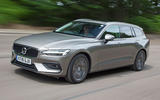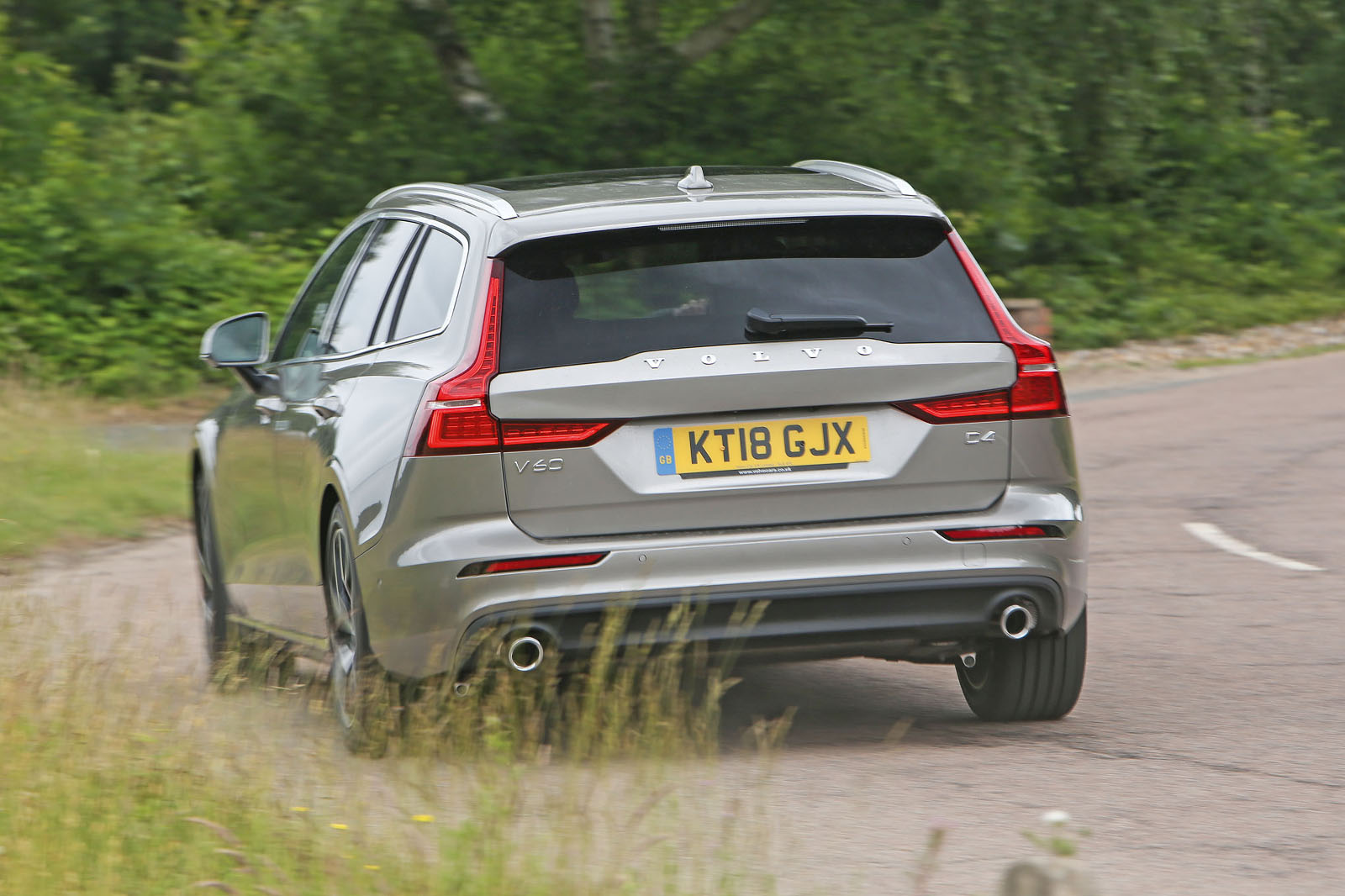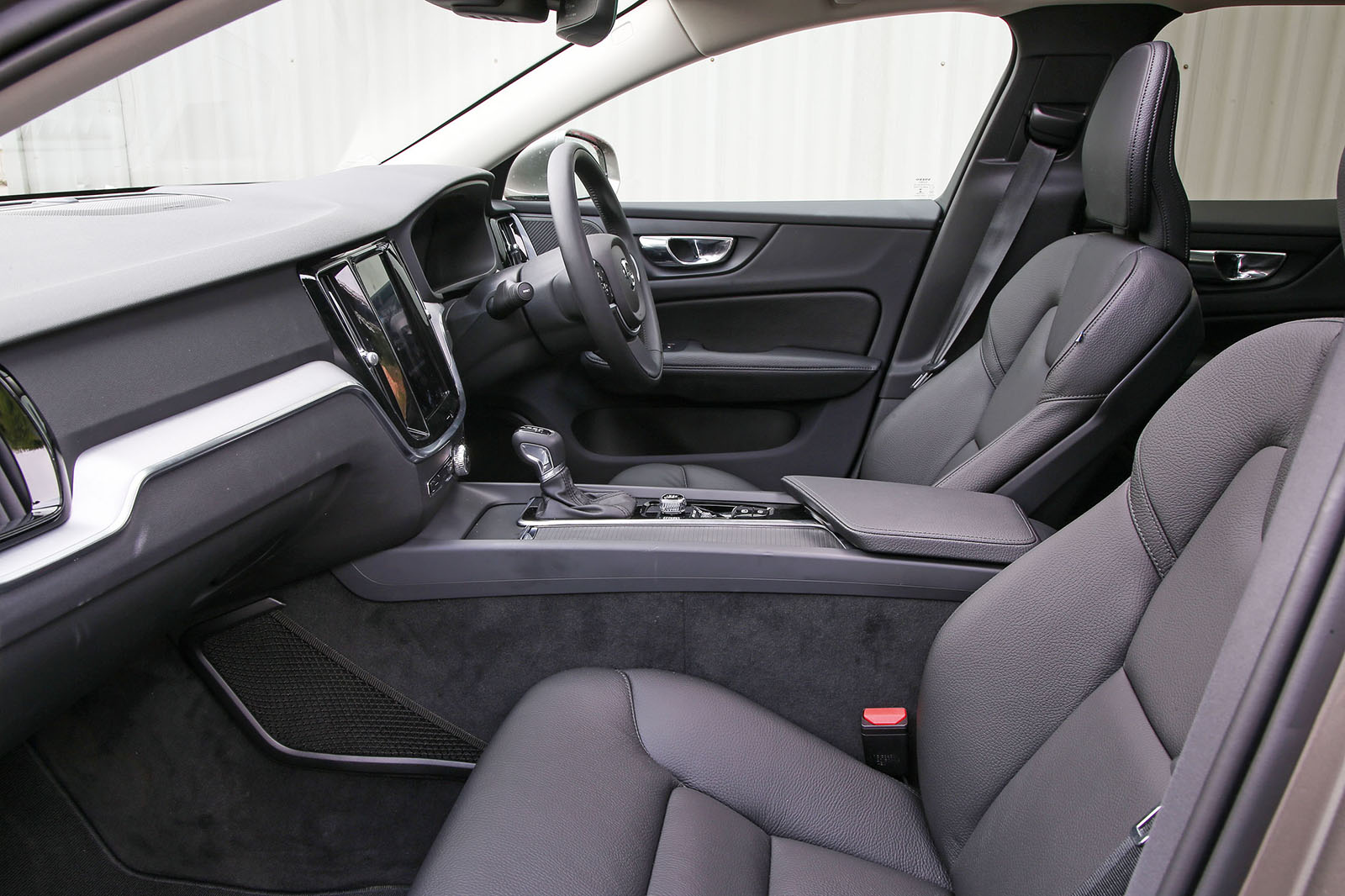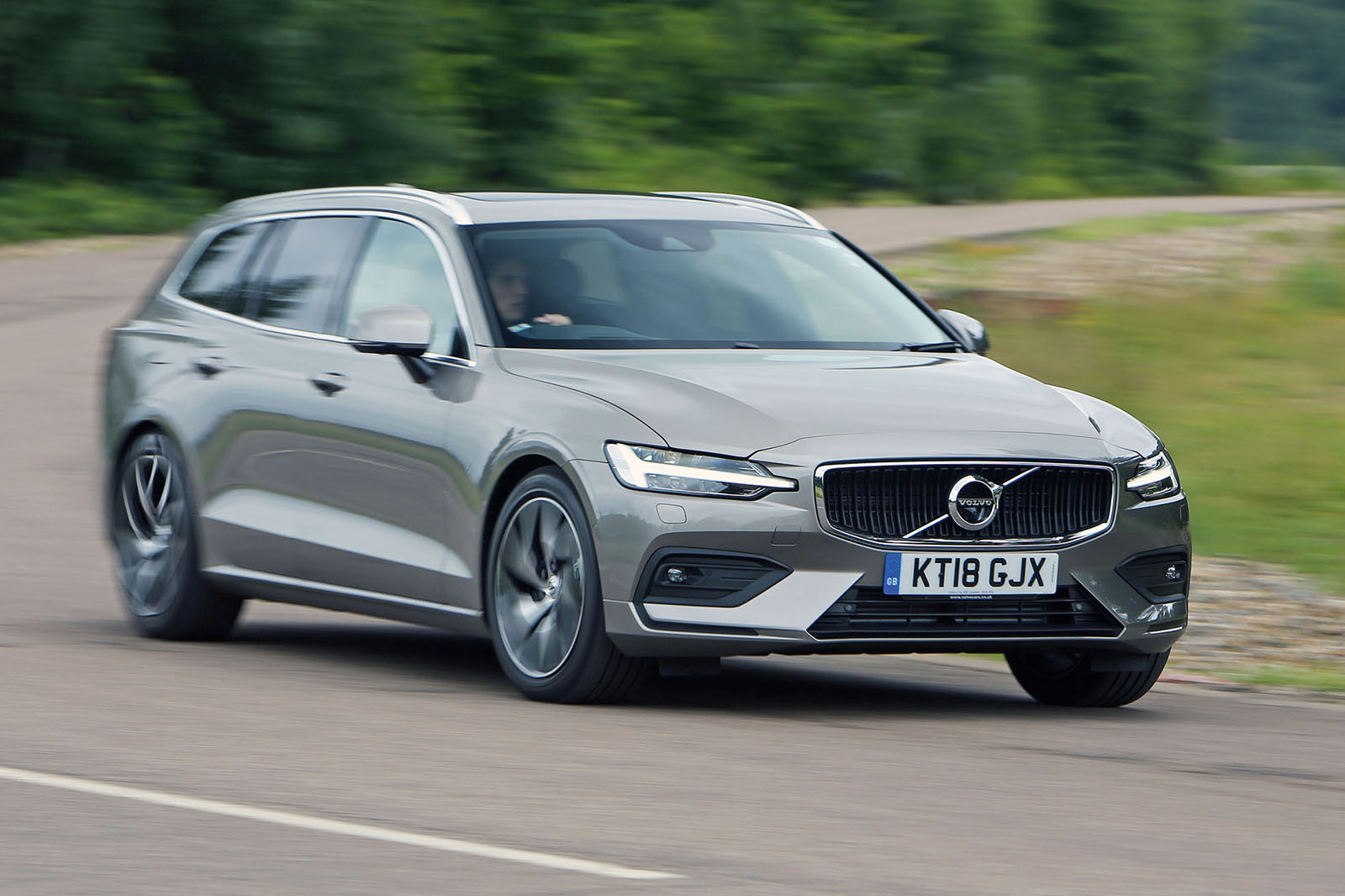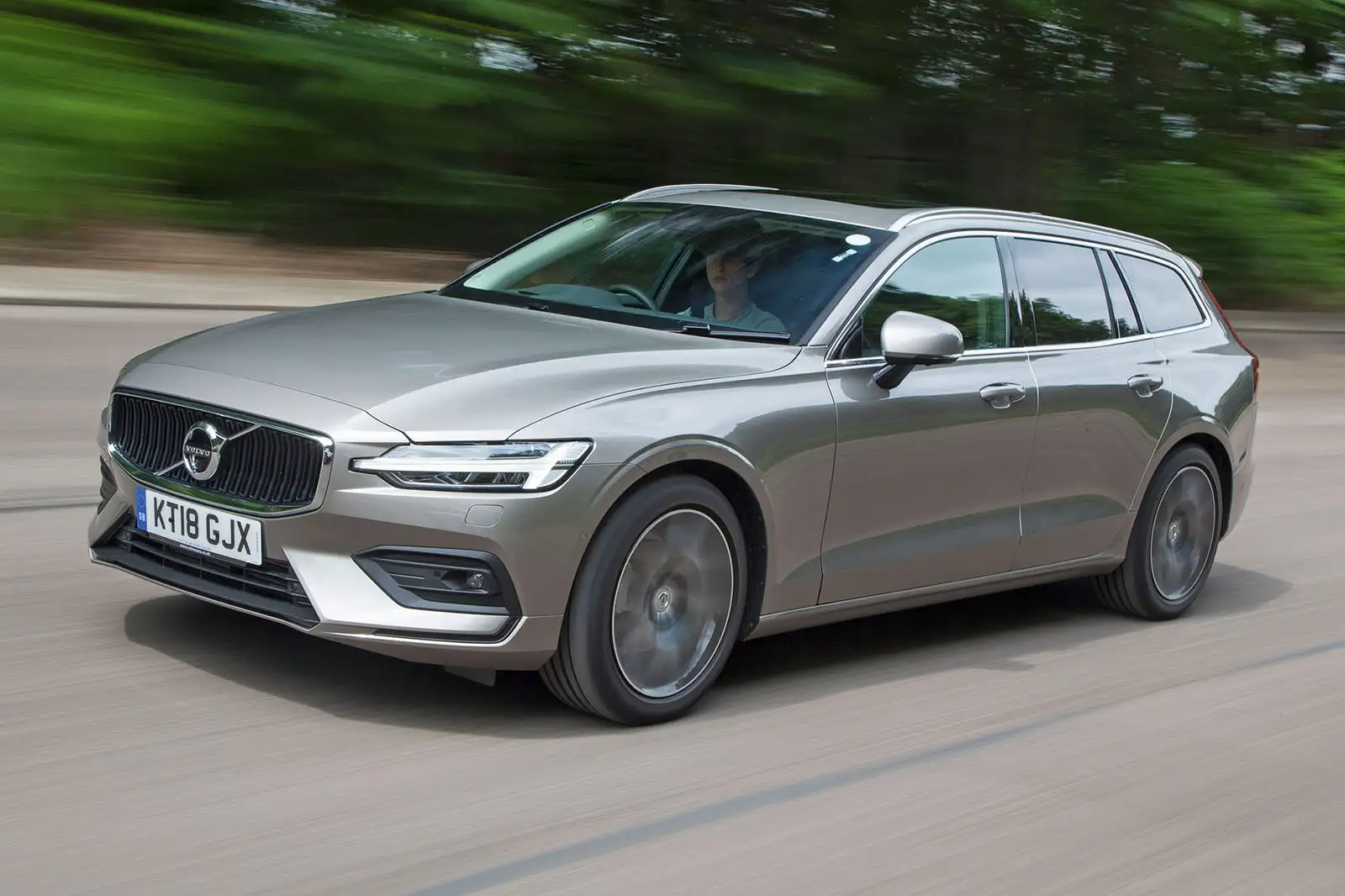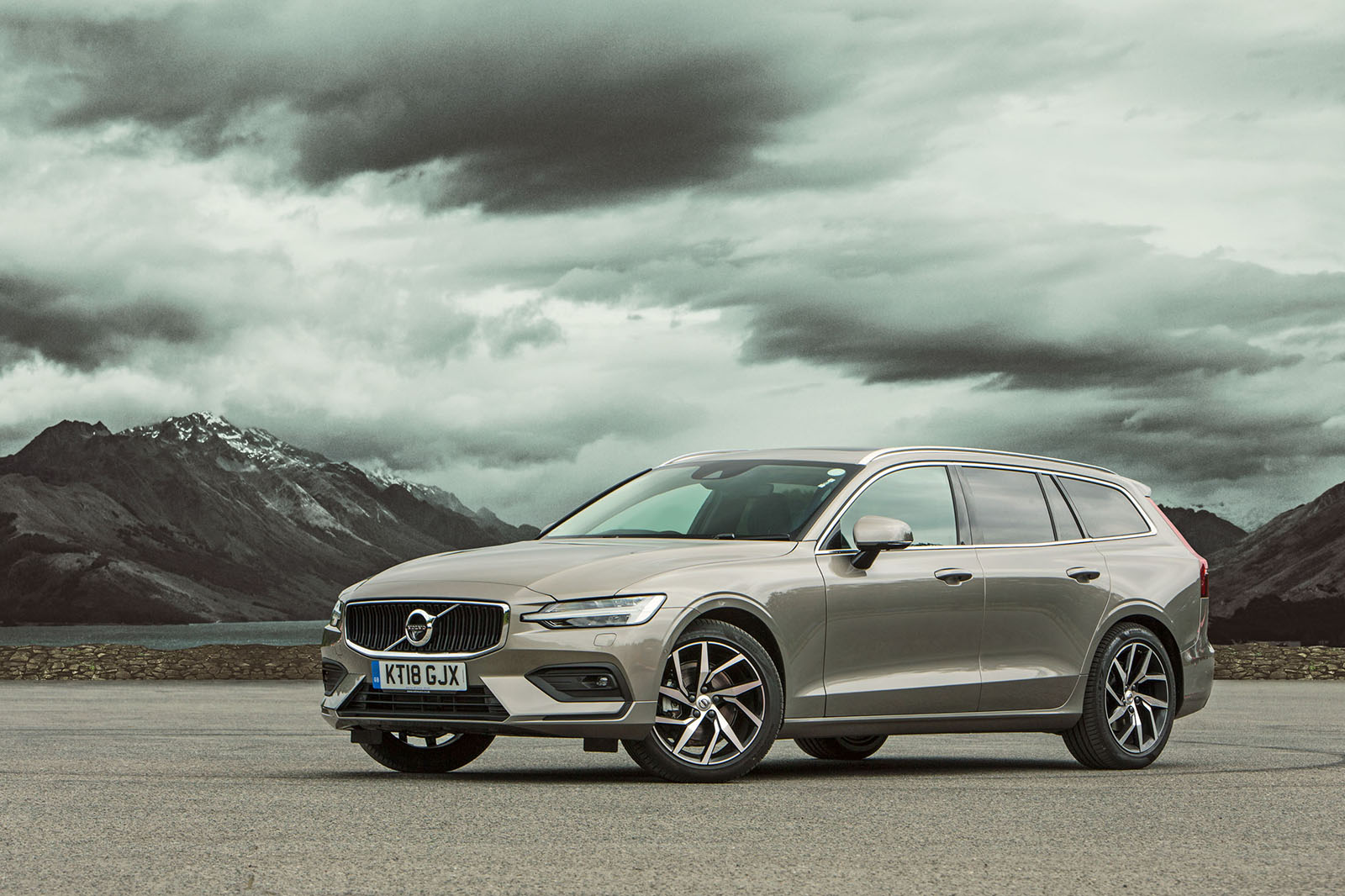In a similar vein to its exterior, the relationship between the Volvo V60’s cabin and that of Volvo’s other models – with the one exception of the Volvo XC40, perhaps – is clear.
Despite not feeling quite as airy as, say, an Volvo XC90 or Volvo V90 – arguably a result of our test car’s dark interior palette – the V60’s overall layout is all much of a muchness. The dashboard is dominated by the portrait-oriented 9.0in Sensus touchscreen infotainment system, which is in turn flanked by stylised rectangular air vents.
The portrait-oriented touchscreen is used to operate the bulk of the V60’s functions – covering everything from the DAB radio and satellite navigation to the car’s vast array of safety systems. A selection of web apps – including Spotify, Google search and Yelp – are also available, although an internet connection is understandably required for these to work. Apple CarPlay and Android Auto compatibility is also available as an option.
To its credit, Volvo has done a rather excellent job of making the system look sharp and operate smoothly from a graphical standpoint, although a greater number of physical controls would be welcome. The heating, ventilation and air-con settings are predominantly controlled through a sub-menu within the system, which can make them fiddly to use when on the move, particularly if you’re right-handed.
Pleasingly on our Momentum Pro test vehicle, the presence of hard, scratchy plastic is kept mostly to a minimum. Soft-touch plastics have been employed instead, lending the V60 a much more desirable, upmarket ambience, albeit one that perhaps falls just short of luxurious.
Functionality and practicality have obviously played an important part in the V60’s brief too; more so than in the larger V90 estate, even. Where that car prioritised rear leg room over outright boot space, the reverse is true with the V60. With the back seats in place, the smaller estate offers 658 litres of luggage capacity – considerably more than estate variants of the Audi A4, Mercedes C-Class and BMW 3 Series.
Fold down the second row of seats and this increases to 1441 litres. It’s a thoughtfully designed space, too, with a wide opening and plenty of lashing points and luggage hooks to keep your bits and bobs from sliding about.
The floor, meanwhile, is flush with the rear bumper, so there’s no lip to navigate, either. Although the V60 does seemingly hark back to the Volvo estates of yesteryear with its comparatively cavernous boot, this doesn’t come at the expense of leg room in the second row.
Even behind a taller driver, there’s no danger of having one’s legs mashed up against the seatback. Head room is good, too, even with the expansive optional panoramic roof fitted to our test vehicle.


